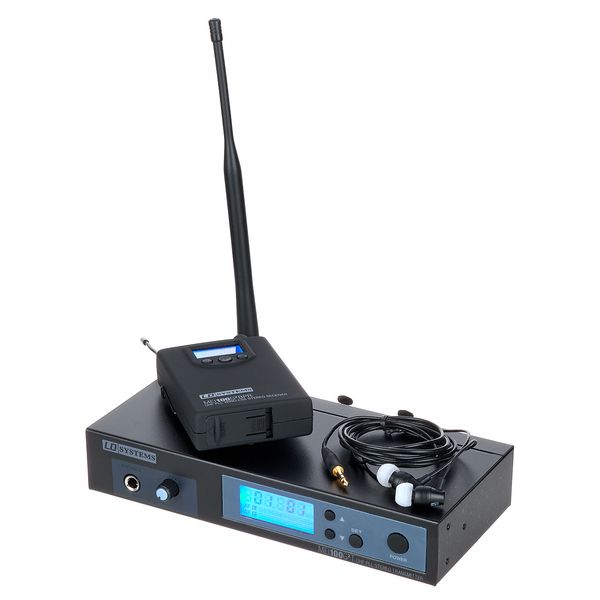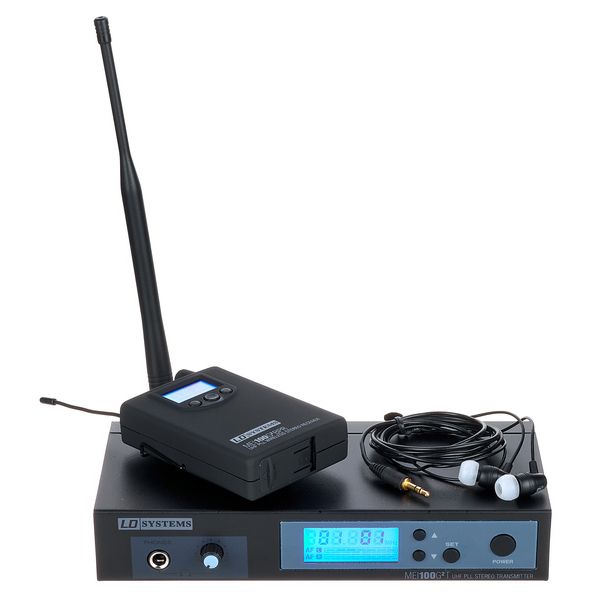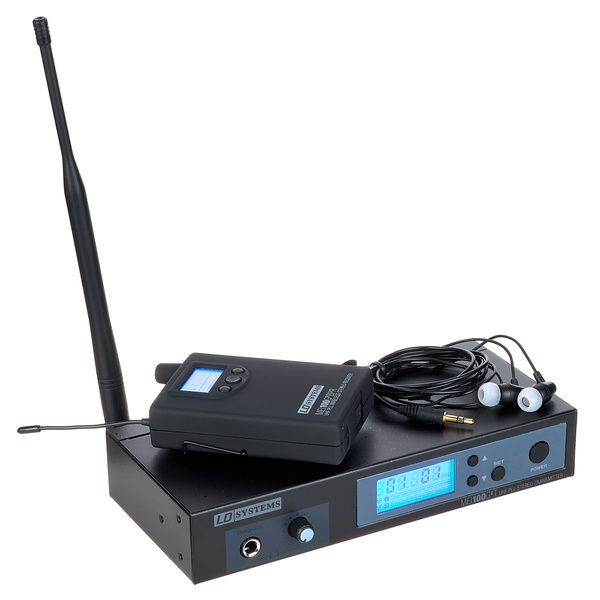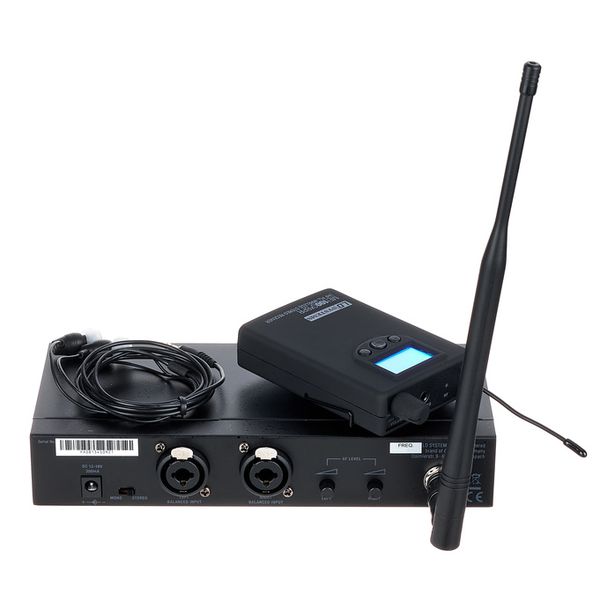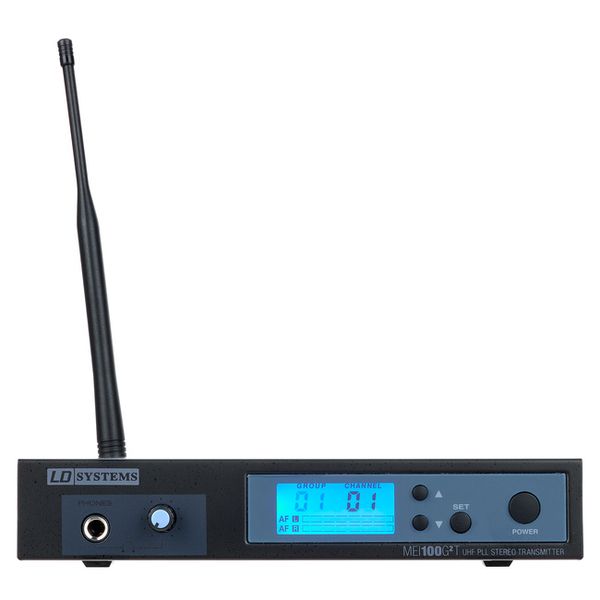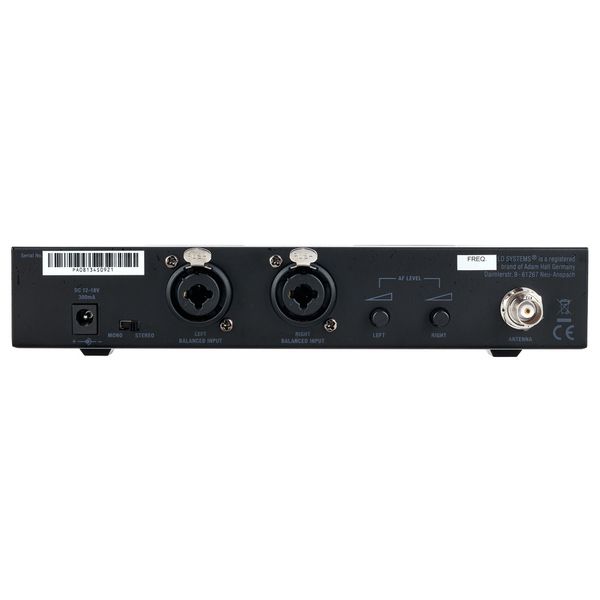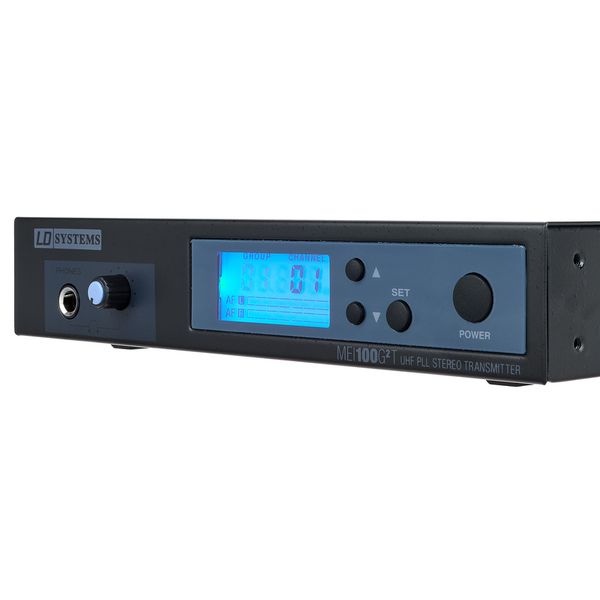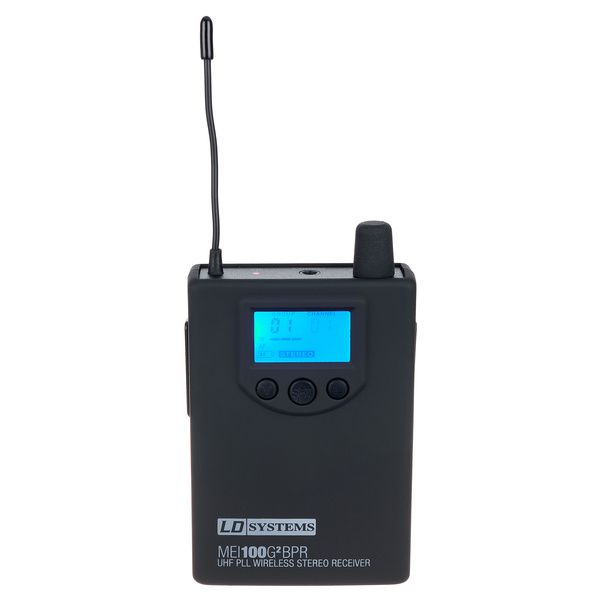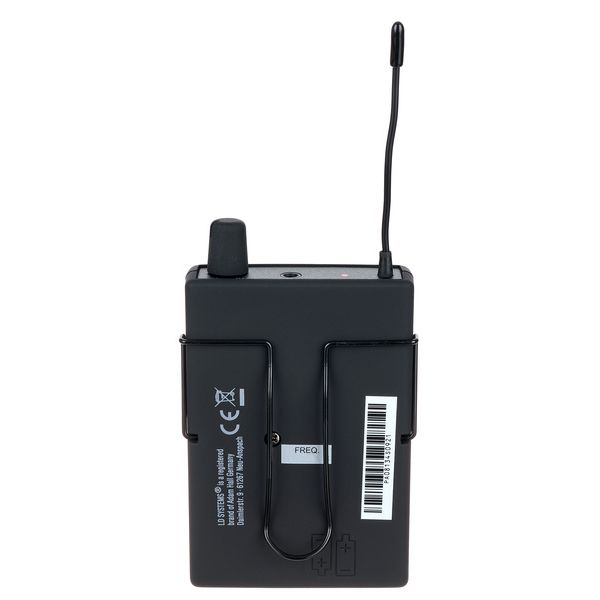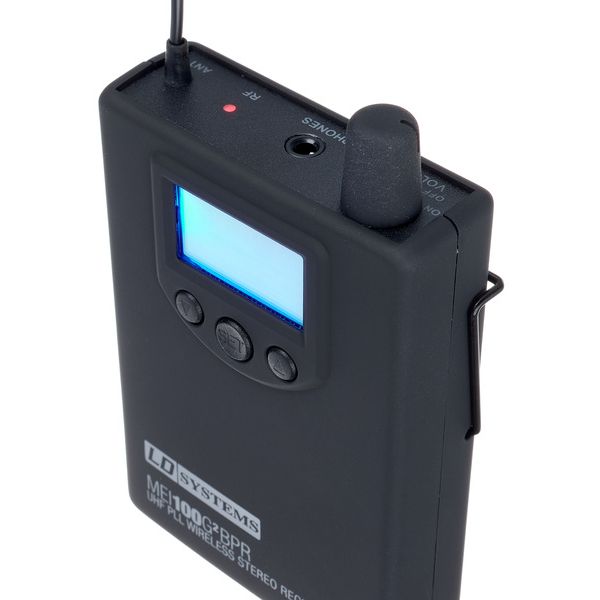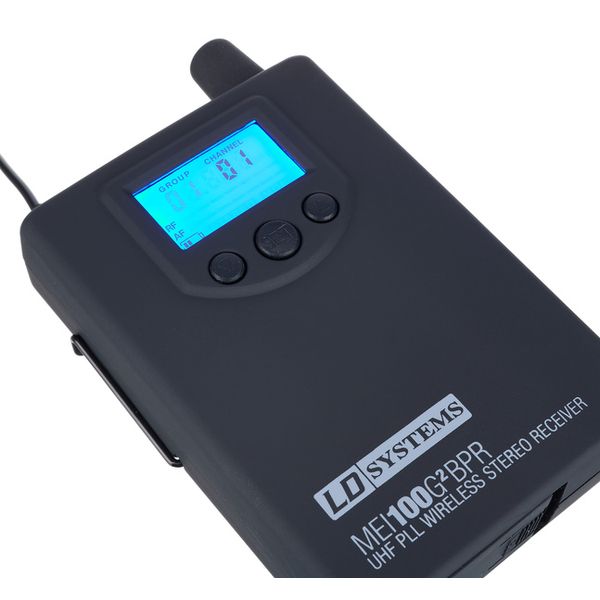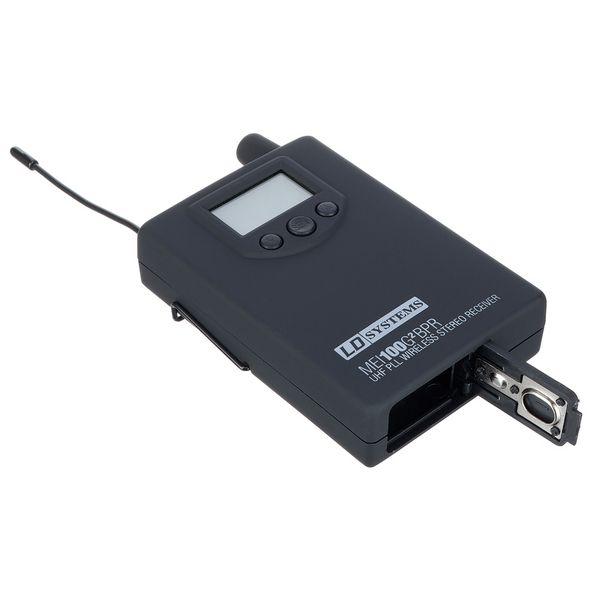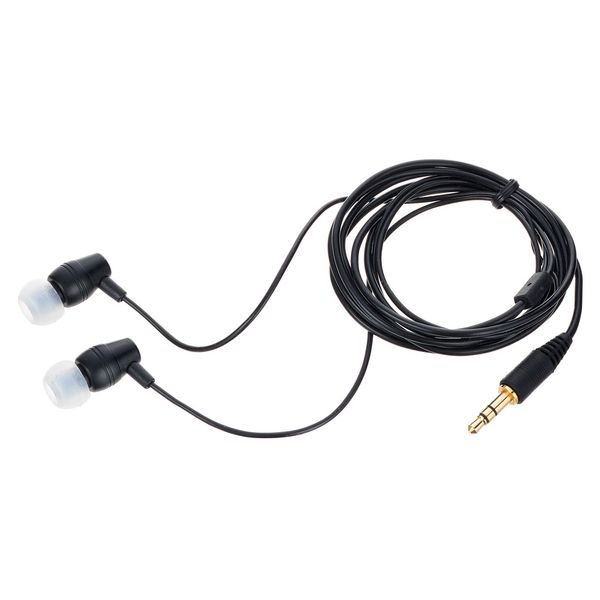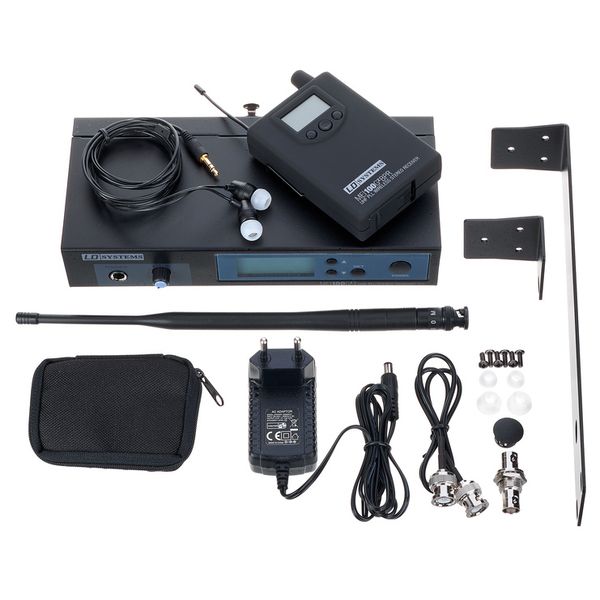Our friends in Brussels recently did something useful for musicians in the EU. We now have some new frequencies we can legally use for our IEMs and wireless mics all over Europe - the EU has forced our governments to clear out channel 65 and 66 (also known as duplex gap or G2) for "wireless audio programme making and special events equipment"
This is in addition to channel 70 frequencies.
I was holding back on buying IEMs because I already have instruments on channel 70 and you can only realistically fit 3 or 4 transmitters on there. I use the new shure 2.4ghz transmitters for mics, but they don't make IEMs with that technology yet, so that means having to buy a licence if you wanted to use wireless IEMs.
Thanks to LDs early adoption of the G2 frequencies, you don't have to buy a licence now in Europe. This model and its big brother the 1000 has plenty of licence free channels including the existing channel 70 and the new 65/66 allocations.
So as far as build is concerned, the belt receiver and transmitter are very high quality build, made to last.
Sound wise the system is functional. The receiver is loud enough, but doesn't have any extra kick so you are not going to go deaf using it.
As it is FM technology, the sound quality suffers at the low end, if you are a bass player it probably won't cut it as the bass is distorted and the lowest end is not present. Also the top end isn't that great, it lacks the sparkle and clarity if you A/B the wireless version compared to the monitor out of the mixer through the same ear buds. So it's not the ear phones that are letting it down. I would compare the sound to a lower end FM car transmitter. I know it's possible to get great FM transmission these days, some of the high end in car FM transmitters are absolutely brilliant with deep bass and great signal to noise ratio, it's a shame LD didn't choose a more up to date encoder chipset, or include some sort of compander technology like HDX like you find on the Sennheisers. It is however functional enough and the additional free channels make it worthwhile and good value for money.
The transmitter range is good enough, I can get 25 meters outside with clear stereo reception.
I think I'll have to vote to stay in the EU now, if we drop out, the British government might want those channels back :)


